What is one primary benefit of smart cities as described in the passage?
Paragraf 1 As urban populations continue to grow, cities around the world are grappling with the challenges of sustainable development. The rise of smart cities, which integrate technology to manage resources more efficiently, has become a promising solution. Smart cities use data analytics, Internet of Things (IoT) devices, and artificial intelligence to optimize transportation, reduce energy consumption, and improve public services. For example, smart traffic lights adjust their patterns based on real-time data to ease congestion, while smart grids distribute electricity more effectively to minimize waste. However, implementing these technologies requires significant investment and raises concerns about data privacy and cybersecurity, which policymakers must address to ensure a balance between innovation and security.
Why are smart traffic lights considered beneficial in smart cities?
Paragraf 1 As urban populations continue to grow, cities around the world are grappling with the challenges of sustainable development. The rise of smart cities, which integrate technology to manage resources more efficiently, has become a promising solution. Smart cities use data analytics, Internet of Things (IoT) devices, and artificial intelligence to optimize transportation, reduce energy consumption, and improve public services. For example, smart traffic lights adjust their patterns based on real-time data to ease congestion, while smart grids distribute electricity more effectively to minimize waste. However, implementing these technologies requires significant investment and raises concerns about data privacy and cybersecurity, which policymakers must address to ensure a balance between innovation and security.
What is one major concern regarding the implementation of smart city technologies?
Paragraf 1 As urban populations continue to grow, cities around the world are grappling with the challenges of sustainable development. The rise of smart cities, which integrate technology to manage resources more efficiently, has become a promising solution. Smart cities use data analytics, Internet of Things (IoT) devices, and artificial intelligence to optimize transportation, reduce energy consumption, and improve public services. For example, smart traffic lights adjust their patterns based on real-time data to ease congestion, while smart grids distribute electricity more effectively to minimize waste. However, implementing these technologies requires significant investment and raises concerns about data privacy and cybersecurity, which policymakers must address to ensure a balance between innovation and security.
According to the passage, what must policymakers ensure when adopting smart city technologies?
Paragraf 1 As urban populations continue to grow, cities around the world are grappling with the challenges of sustainable development. The rise of smart cities, which integrate technology to manage resources more efficiently, has become a promising solution. Smart cities use data analytics, Internet of Things (IoT) devices, and artificial intelligence to optimize transportation, reduce energy consumption, and improve public services. For example, smart traffic lights adjust their patterns based on real-time data to ease congestion, while smart grids distribute electricity more effectively to minimize waste. However, implementing these technologies requires significant investment and raises concerns about data privacy and cybersecurity, which policymakers must address to ensure a balance between innovation and security.
What is one direct consequence of rising global temperatures mentioned in the passage?
Paragraf 2 Climate change has emerged as one of the most pressing issues of the 21st century, with far-reaching implications for ecosystems, economies, and human health. Rising global temperatures have led to more frequent and severe weather events, such as hurricanes, droughts, and heatwaves. These phenomena disrupt agricultural productivity, endanger biodiversity, and increase the prevalence of diseases transmitted by insects, such as malaria and dengue fever. While international agreements like the Paris Accord aim to mitigate climate change by reducing greenhouse gas emissions, achieving these goals requires collective action from governments, businesses, and individuals. Moreover, technological innovations, such as carbon capture and renewable energy solutions, play a critical role in combating this global crisis.
What is the purpose of the Paris Accord as stated in the passage?
Paragraf 2 Climate change has emerged as one of the most pressing issues of the 21st century, with far-reaching implications for ecosystems, economies, and human health. Rising global temperatures have led to more frequent and severe weather events, such as hurricanes, droughts, and heatwaves. These phenomena disrupt agricultural productivity, endanger biodiversity, and increase the prevalence of diseases transmitted by insects, such as malaria and dengue fever. While international agreements like the Paris Accord aim to mitigate climate change by reducing greenhouse gas emissions, achieving these goals requires collective action from governments, businesses, and individuals. Moreover, technological innovations, such as carbon capture and renewable energy solutions, play a critical role in combating this global crisis.
What is required to achieve the goals of the Paris Accord?
Paragraf 2 Climate change has emerged as one of the most pressing issues of the 21st century, with far-reaching implications for ecosystems, economies, and human health. Rising global temperatures have led to more frequent and severe weather events, such as hurricanes, droughts, and heatwaves. These phenomena disrupt agricultural productivity, endanger biodiversity, and increase the prevalence of diseases transmitted by insects, such as malaria and dengue fever. While international agreements like the Paris Accord aim to mitigate climate change by reducing greenhouse gas emissions, achieving these goals requires collective action from governments, businesses, and individuals. Moreover, technological innovations, such as carbon capture and renewable energy solutions, play a critical role in combating this global crisis.
What is the tone of the passage regarding the efforts to combat climate change?
Paragraf 2 Climate change has emerged as one of the most pressing issues of the 21st century, with far-reaching implications for ecosystems, economies, and human health. Rising global temperatures have led to more frequent and severe weather events, such as hurricanes, droughts, and heatwaves. These phenomena disrupt agricultural productivity, endanger biodiversity, and increase the prevalence of diseases transmitted by insects, such as malaria and dengue fever. While international agreements like the Paris Accord aim to mitigate climate change by reducing greenhouse gas emissions, achieving these goals requires collective action from governments, businesses, and individuals. Moreover, technological innovations, such as carbon capture and renewable energy solutions, play a critical role in combating this global crisis.
What was a key feature of the Renaissance as described in the passage?
Paragraf 3 The Renaissance, a period spanning the 14th to 17th centuries, marked a profound transformation in European culture, art, science, and philosophy. Originating in Italy, this movement emphasized a revival of classical learning and a focus on human potential and creativity. Pioneers like Leonardo da Vinci and Michelangelo exemplified the era’s artistic achievements, while scientists such as Galileo and Copernicus challenged traditional views of the universe. The printing press, invented by Johannes Gutenberg, played a pivotal role in spreading Renaissance ideas, making literature and scientific knowledge accessible to a broader audience. Despite its advancements, the Renaissance also faced criticism for its exclusive focus on European ideals, often neglecting contributions from other civilizations.
Why was the invention of the printing press significant during the Renaissance?
Paragraf 3 The Renaissance, a period spanning the 14th to 17th centuries, marked a profound transformation in European culture, art, science, and philosophy. Originating in Italy, this movement emphasized a revival of classical learning and a focus on human potential and creativity. Pioneers like Leonardo da Vinci and Michelangelo exemplified the era’s artistic achievements, while scientists such as Galileo and Copernicus challenged traditional views of the universe. The printing press, invented by Johannes Gutenberg, played a pivotal role in spreading Renaissance ideas, making literature and scientific knowledge accessible to a broader audience. Despite its advancements, the Renaissance also faced criticism for its exclusive focus on European ideals, often neglecting contributions from other civilizations.
What criticism is mentioned in the passage about the Renaissance?
Paragraf 3 The Renaissance, a period spanning the 14th to 17th centuries, marked a profound transformation in European culture, art, science, and philosophy. Originating in Italy, this movement emphasized a revival of classical learning and a focus on human potential and creativity. Pioneers like Leonardo da Vinci and Michelangelo exemplified the era’s artistic achievements, while scientists such as Galileo and Copernicus challenged traditional views of the universe. The printing press, invented by Johannes Gutenberg, played a pivotal role in spreading Renaissance ideas, making literature and scientific knowledge accessible to a broader audience. Despite its advancements, the Renaissance also faced criticism for its exclusive focus on European ideals, often neglecting contributions from other civilizations.
According to the passage, what role did pioneers like Galileo and Copernicus play during the Renaissance?
Paragraf 3 The Renaissance, a period spanning the 14th to 17th centuries, marked a profound transformation in European culture, art, science, and philosophy. Originating in Italy, this movement emphasized a revival of classical learning and a focus on human potential and creativity. Pioneers like Leonardo da Vinci and Michelangelo exemplified the era’s artistic achievements, while scientists such as Galileo and Copernicus challenged traditional views of the universe. The printing press, invented by Johannes Gutenberg, played a pivotal role in spreading Renaissance ideas, making literature and scientific knowledge accessible to a broader audience. Despite its advancements, the Renaissance also faced criticism for its exclusive focus on European ideals, often neglecting contributions from other civilizations.

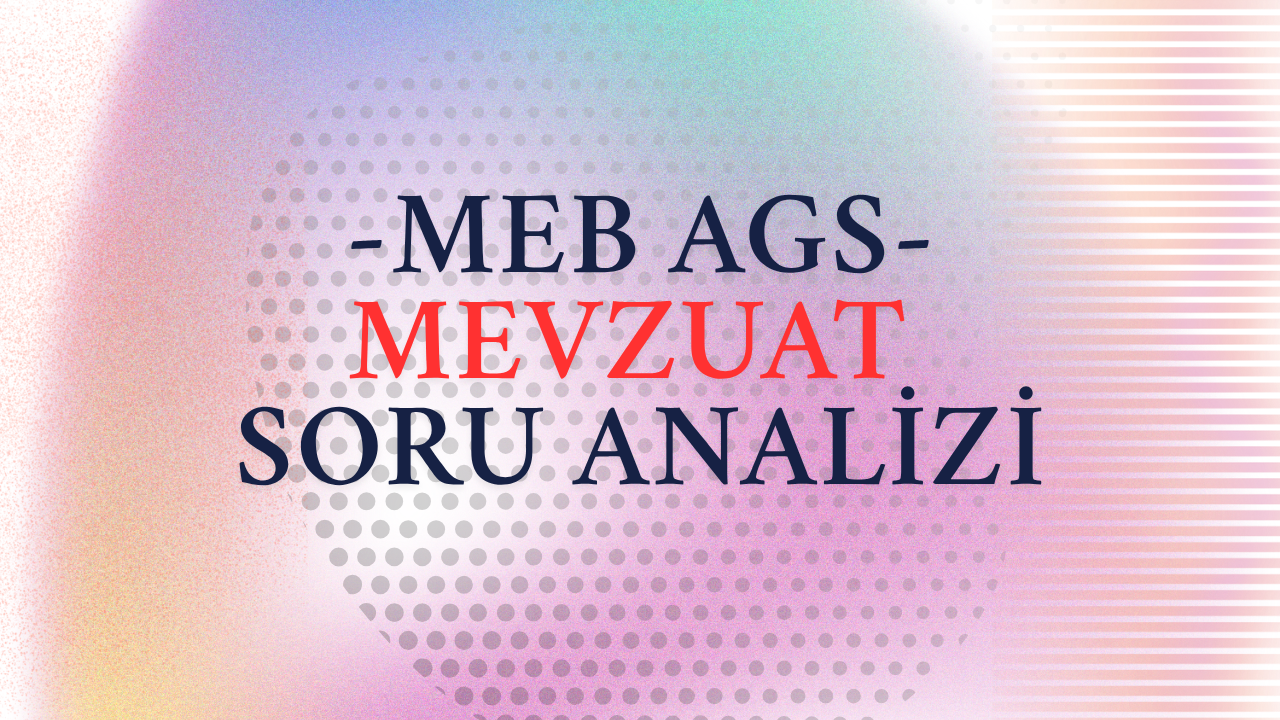
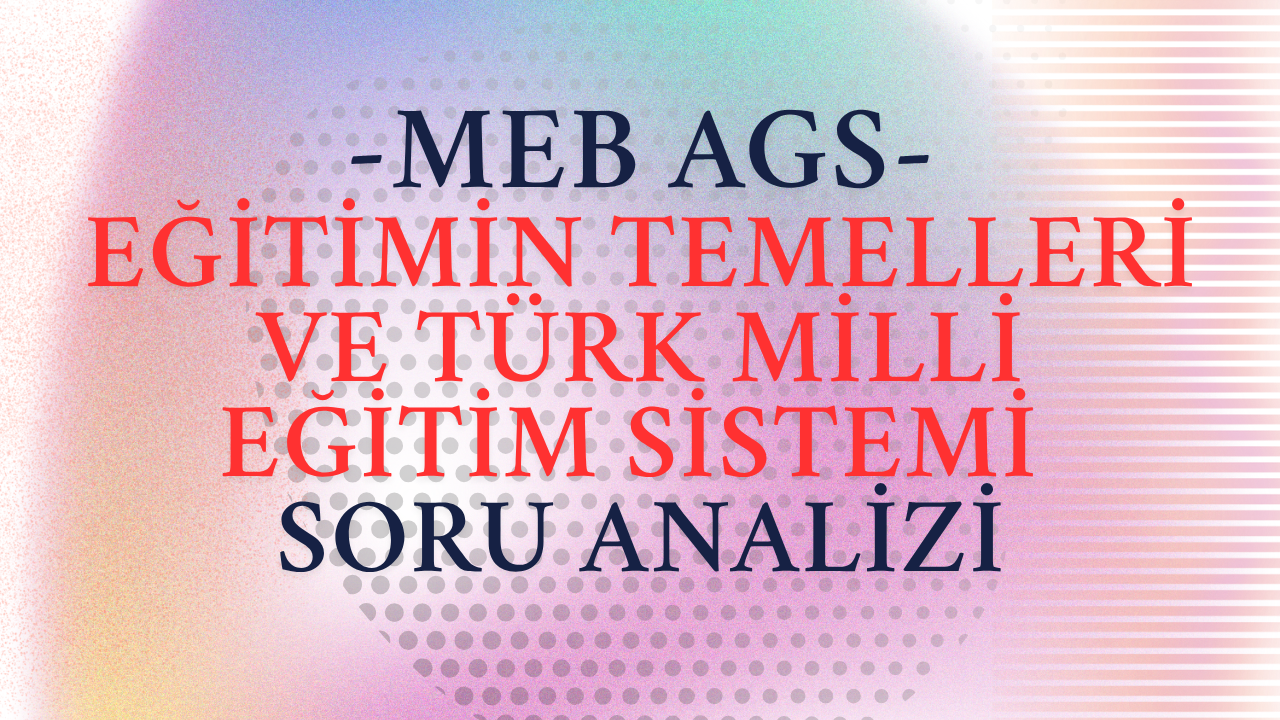
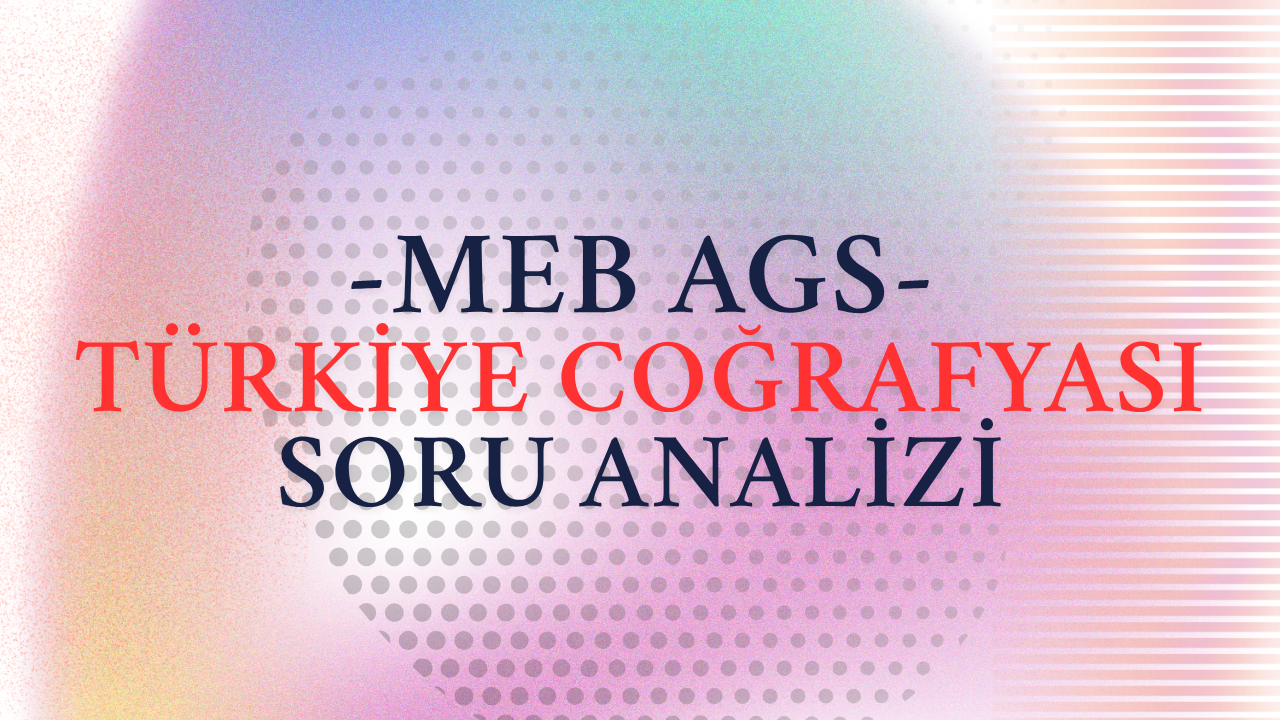

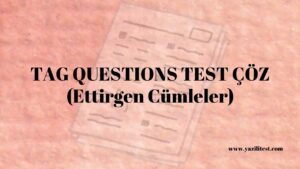
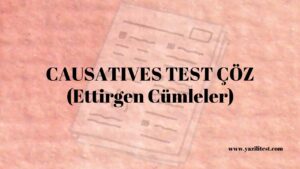

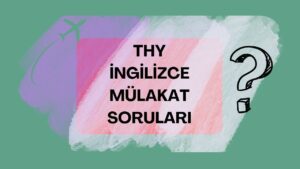
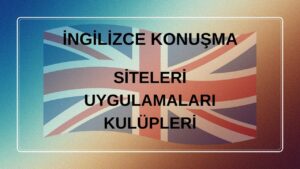
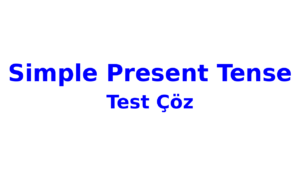




Yorum gönder